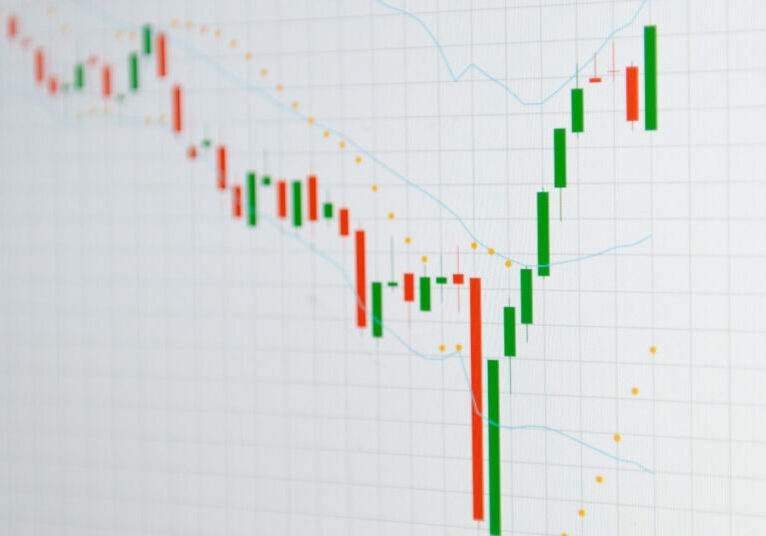VWAP Volatility
Infinite Equity is introducing new innovative thought leadership on the development of historical volatility for purposes of ASC718. We introduced the financial theory in the Research Brief, A New Way to Estimate Volatility, and published collectively at www.VWAPVolatility.com.
The intent of this article is to help the reader understand historical volatility and the distinction between a traditional volatility (using closing prices), and a VWAP volatility (see How to Calculate Volatility Using VWAP Price). In doing so, we will first provide some background on equity valuation models (such as the Black-Scholes, a binomial, or Monte Carlo simulation) and the financial mathematics behind them.
Geometric Brownian Motion and Option Pricing Models
For purposes of ASC718 reporting, companies generally leverage a standard option pricing model such as Black-Scholes, a lattice, or Monte Carlo simulation to determine fair value. In each of these models, however, the financial mathematics assume that the stock price follows a geometric Brownian motion, with a constant volatility, and that asset returns are normally distributed. Empirical evidence, however, suggests that these assumptions may not always hold. For example, in our prior research, Closing Prices Have Fat Tails, we have illustrated that the returns of stock prices using the closing stock price are generally not normally distributed and tend to be leptokurtic (“fat tails”).
In the financial markets, models with long-tailed distributions and volatility clustering have been introduced to overcome problems with the realism of the above “classical” financial models. However, those models are generally not used for reporting under ASC718, as they are less accessible for all public companies, and could potentially lead to less comparability in financial statements. One solution to help mitigate the “fat tails” problem is through the use of volume weighted average prices (VWAP Prices) to calculate historical volatility.
Defining Kurtosis
Kurtosis is a measure of the “tailedness” of the probability distribution stock prices. This number is related to the tails of the distribution, not its peak. For this measure, higher kurtosis corresponds to greater extremity of deviations (or outliers), and not the configuration of data near the mean. Distributions with excess kurtosis greater than 3 are said to be leptokurtic.
Therefore, the statistic kurtosis, can be a descriptor to help understand the distribution of stock prices, and if the empirical data is normally distributed. Further, it can help distinguish which stock prices should be used, distinguishing between the closing stock prices, or alternatively the VWAP stock prices. The prices that have the smallest excess kurtosis would represent a better estimate. Infinite Equity calculated the “excess kurtosis” of stock returns for the last 6 years for the members of the Dow 30 as of 7/1/2021. Infinite Equity used both: 1) Closing Stock Prices, and 2) VWAP stock prices. Chart 1 illustrates the excess kurtosis for both sets of return.

Note that the “excess kurtosis” is lower 82% of the time using the VWAP returns, as opposed to the Closing returns. This indicates that the VWAP returns do not have as fat of tails and are generally more normally distributed.
Considerations When Electing to use VWAP Prices
If your organization plans on calculating volatility using VWAP prices, we recommend an illustration that compares the distribution of closing stock prices (i.e. the kurtosis). If the kurtosis of your stock price returns is closer to 3 with VWAP prices (as opposed to closing prices), then the VWAP prices would be a more refined estimate.

Please remember that the accounting standard states that an entity should select a process for developing “expected volatility” and apply that process consistently over reporting periods. Once an entity chooses to calculate expected volatility using an approach (either with VWAP or closing stock prices), then it should do so in future reporting periods as well.
Next Steps
We believe that the calculation of a VWAP volatility is a refined estimate of historical volatility. Given some of the extreme volatility seen in the marketplace today due to influences like algorithmic trading, social media, the rebalancing of institutional investor portfolios, we believe that the closing price can no longer be seen as the most reliable approach for calculating historical volatility. Further, with advances in computational capabilities, we believe that the VWAP volatility should be one of the considered alternatives in selecting your process for estimating volatility.
For an estimate of how the VWAP volatility compares to a traditional historical volatility, please reach out to your Infinite Equity consultant. Please see more research from Infinite Equity at www.VWAPVolatility.com.



